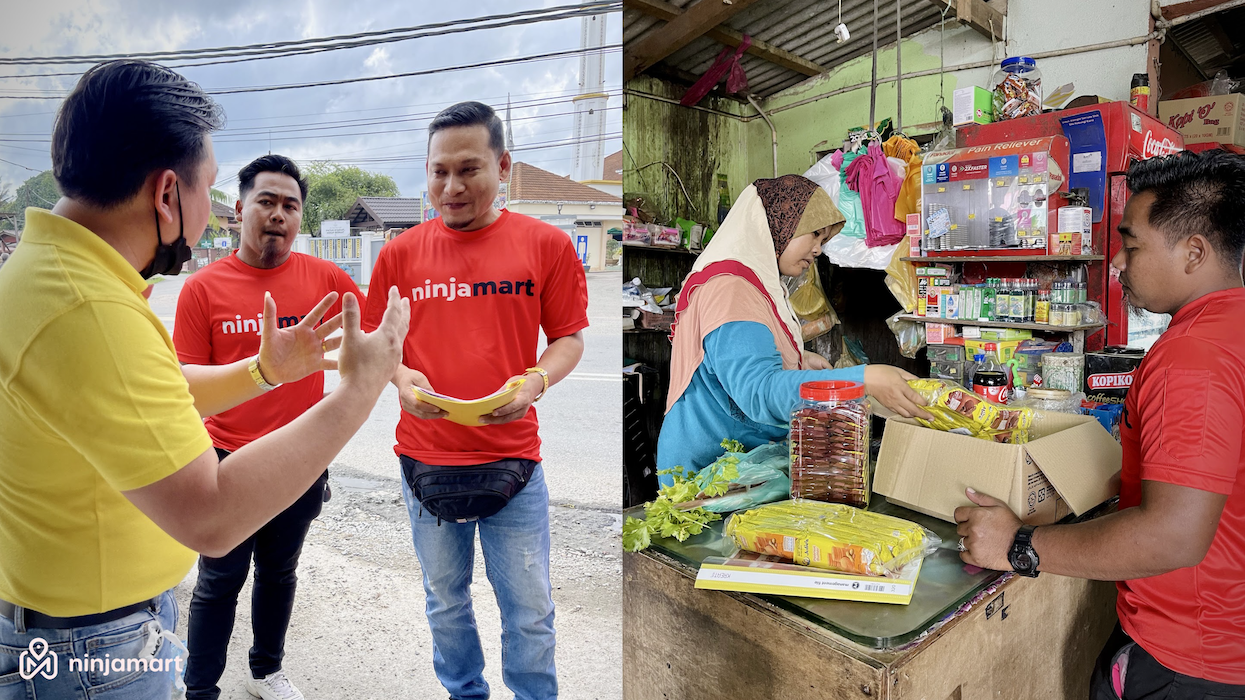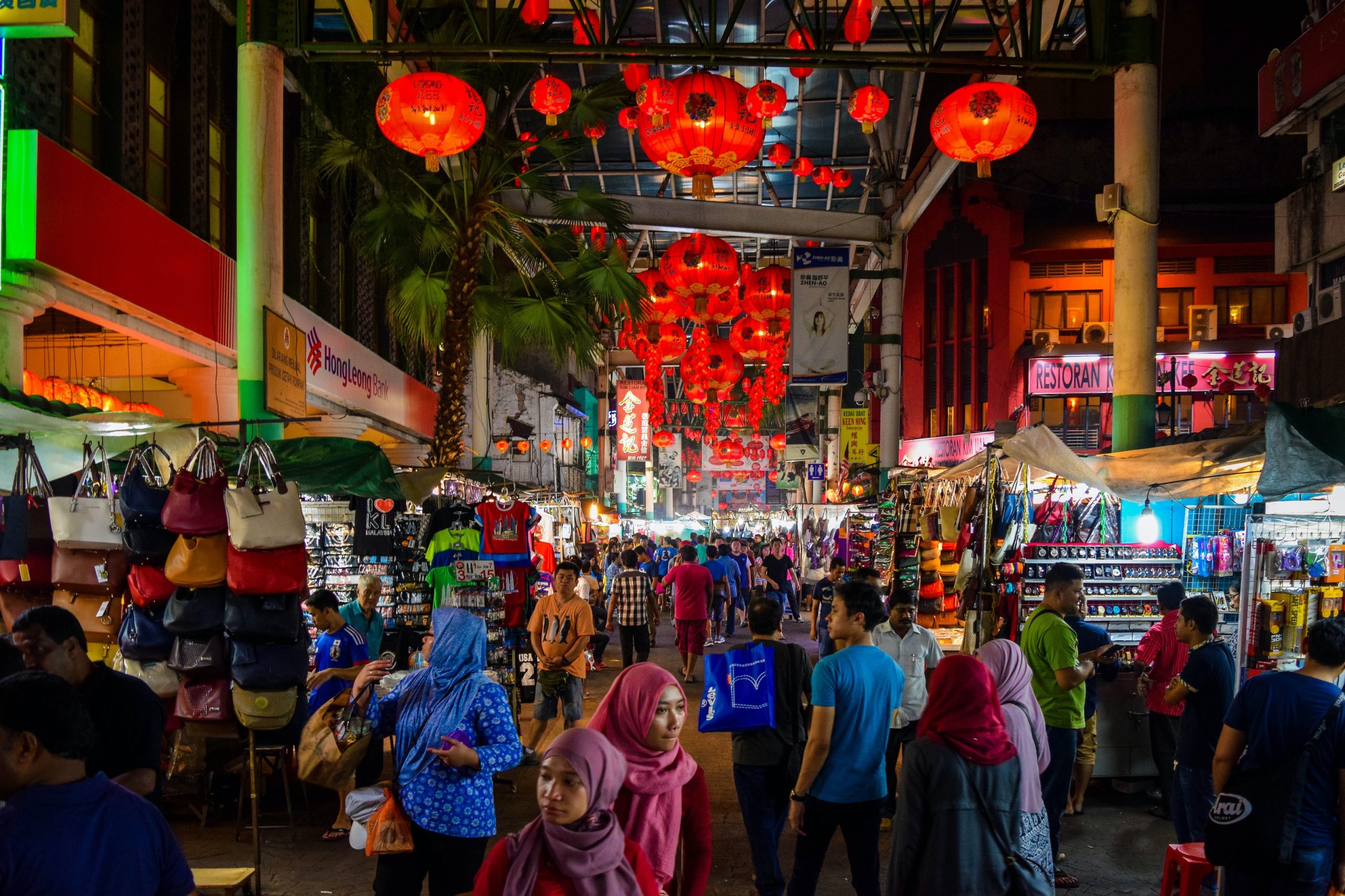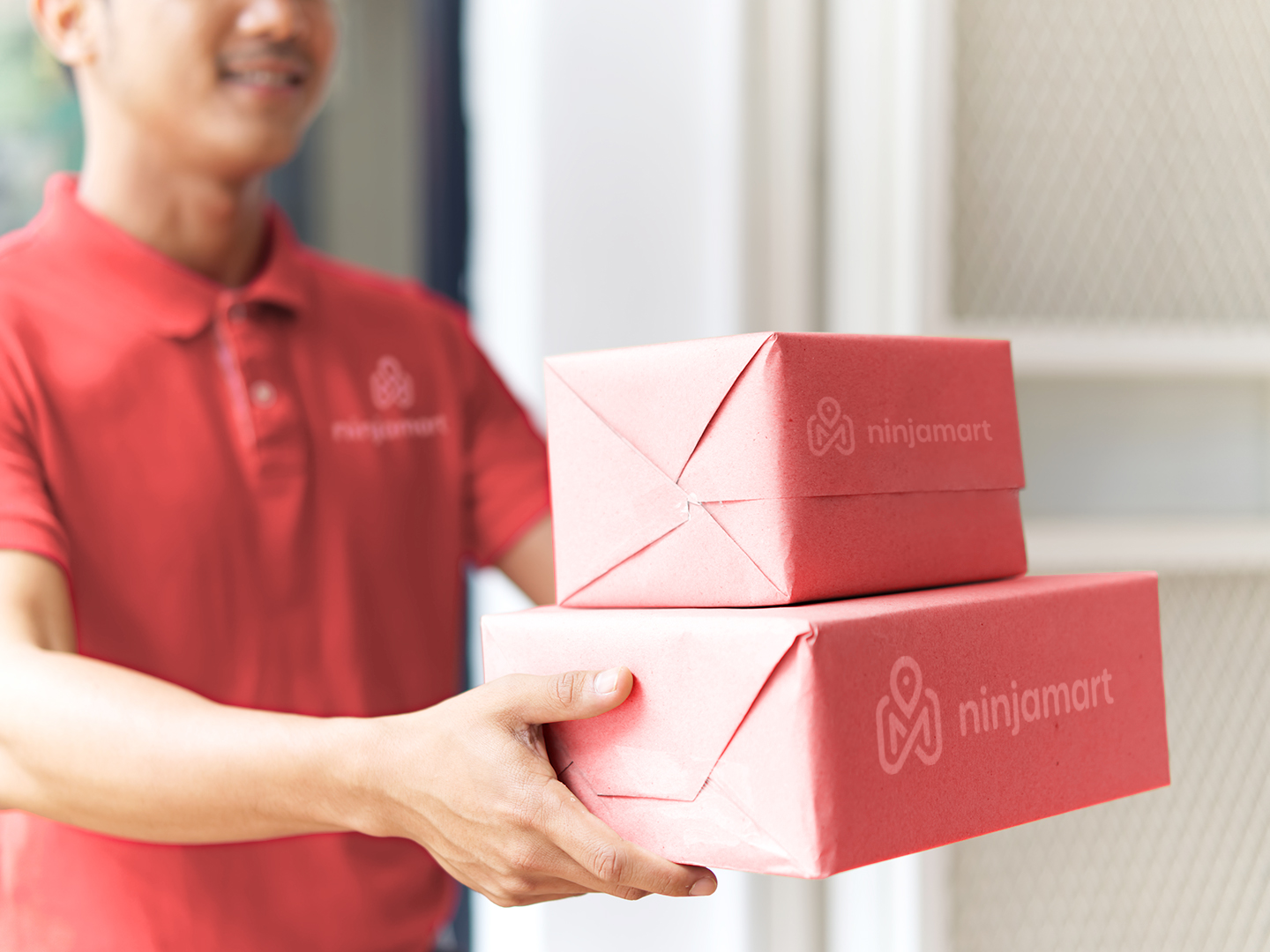When it comes to the FMCG market in rural areas of Vietnam and Malaysia, there are some things to keep in mind. People in these areas have different cultural, social, and economic factors at play, which makes it hard for FMCG companies to figure out how to market to them.
There are basically two types of marketing approaches these companies can use: traditional and modern. But deciding which one is the best fit for these markets can be a bit of a challenge.

Traditional Marketing Approaches
Traditional methods like billboards, flyers, and brochures have been around for ages, and usually involve face-to-face interaction with consumers, like demos and promo events
At Ninja Mart, we’ve got a team of 250 salespeople who visit over 60,000 stores every week in 29 provinces in Vietnam and 25 urban and rural areas in Malaysia. That’s a lot of ground to cover!
We’ve expanded our network to reach even more grocery stores in rural areas. This means we’ve gained extensive knowledge about local markets, like what customers are into, what they find tricky, and what their future plans might be.
We’ve even teamed up with Julie’s Biscuits for a trial outreach programme in East Malaysia this year. It’s really important to build relationships on the ground when you’re trying to expand into new markets. Our sales teams collect loads of data about retailer needs and preferences, which we use to help you create targeted messaging and promotions. And with analytics tracking, we can measure customer loyalty and identify areas for improvement.

Modern Marketing Approaches
Modern marketing is all about using digital channels and new technologies to reach your target audience.
At Ninja Mart, we know the importance of leveraging these tools to provide efficient and effective solutions to our brand partners. We use social media, mobile apps, and influencer marketing to help our partners reach their target consumers on their preferred platforms and devices.
Our approach isn’t just about being modern, it’s also about being data-driven. We implement data-oriented strategies to help mom-and-pop stores with inventory demands and convey promotions efficiently. We provide retailers with easy-to-use self-service applications like Zalo in Vietnam and a self-built application in Malaysia, which offer digital interactions and learning resources to help them grow their business.

How Should You Target the Malaysian Market?
When it comes to marketing in Malaysia, the old-school methods are still going strong, especially in rural areas. Think billboards, flyers, and product demos at local events.These tried-and-true techniques are effective because they reach the right people at the right places.
But don’t count out social media just yet! Even those living out in the countryside are getting in on the Facebook game, and that’s giving modern marketing a boost. By targeting specific groups and keeping costs down, FMCG companies are finding new ways to connect with consumers.

How Should You Target the Vietnamese Market?
Modern marketing techniques are more widely used in Vietnam. They are more effective as people in rural areas are all over social media, especially on platforms like Facebook, Instagram, and Tiktok. Mobile marketing is pretty popular too, with companies sending out text messages and using apps to push their products.
We at Ninja Mart did a Facebook campaign during the Tết holiday in Vietnam, with some live streams and games that gave away prizes to lucky winners. It was a hit!
Another reason modern marketing succeeds in Vietnam is due to the super tech-savvy younger population, plus, the country’s been actively upgrading its infrastructure. That means even people in the countryside can get online more easily than before.
So you have to find a balance between the old-school and new-school ways of marketing. Traditional methods can still work, but it’s clear that modern marketing is where things are headed.
At Ninja Mart we have a wealth of experience when it comes to reaching those living in rural areas. And if you partner with us, we can help you gain success as you expand your business throughout Southeast Asia.







